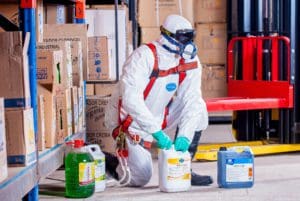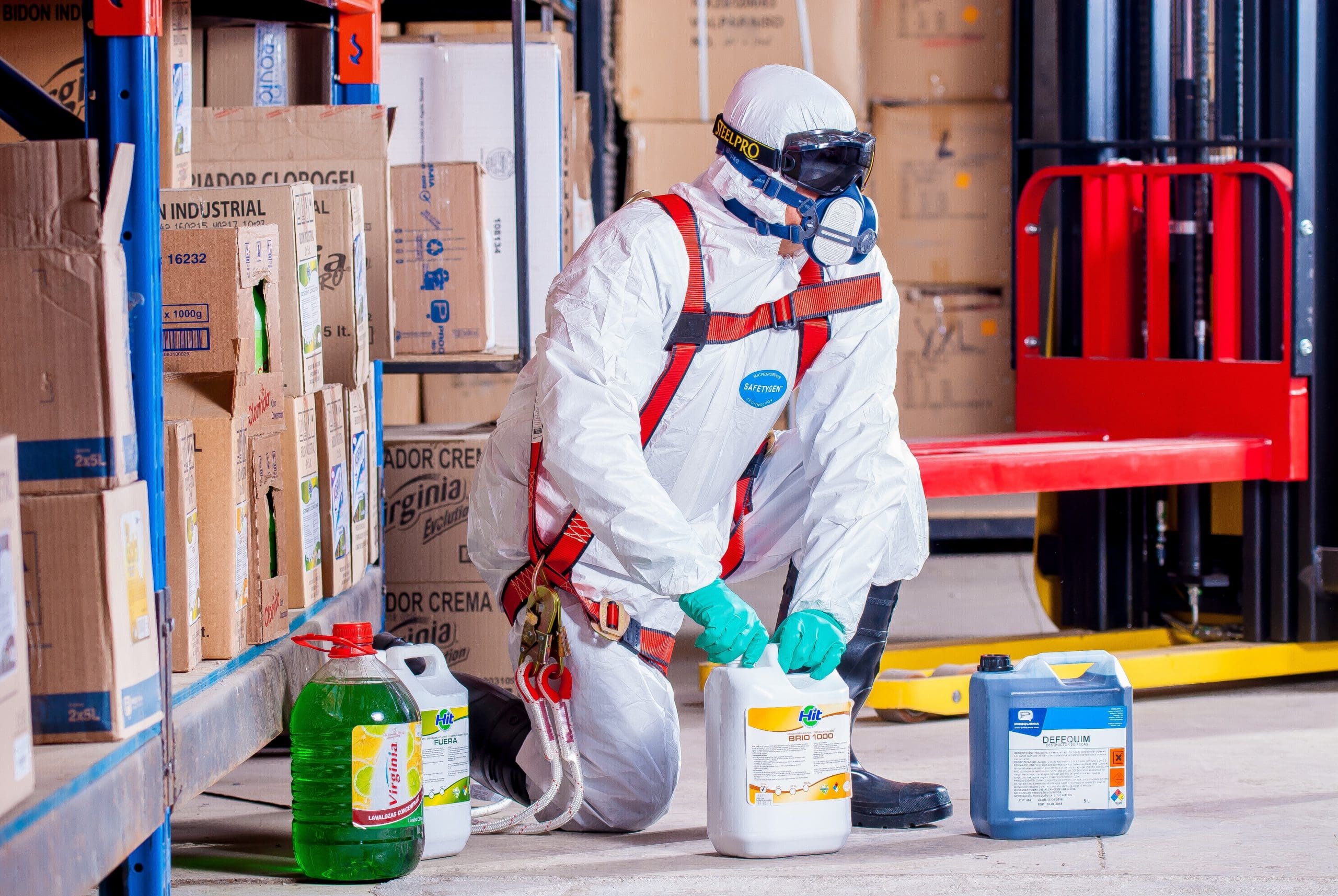 We understand that when running a business, you wear a lot of hats and juggle a lot of balls and that, inevitably, some things get relegated to the bottom of your to-do list.
We understand that when running a business, you wear a lot of hats and juggle a lot of balls and that, inevitably, some things get relegated to the bottom of your to-do list.
And chemical hazard compliance, unsurprisingly, often ends up being neglected. It can seem overwhelming, cumbersome, tedious and nearly impossible to get right – but trust us when we say it doesn’t have to be that way.
In fact, with a good understanding of OSHA’s fundamental expectations and requirements, it can be – dare we say – relatively easy to maintain a safe workplace.
Sounds too good to be true, right?
If you’re not convinced or don’t know where or how to start, let this be your definitive guide to workplace chemical hazard compliance.
Common OSHA HazCom Compliance Violations
First, it’s important to understand what, exactly, OSHA wants to see and, arguably more importantly, what it doesn’t want to see. In 2017, Hazard Communication (HazCom) was the No. 2 most frequently cited violation. And 2018 was no different.
Additionally, the top-five most-cited sections within the Hazard Communication Standard are:
- Developing, implementing and maintaining a written hazard communication program
- Providing effective information and training on hazardous chemicals
- Maintaining copies of required Safety Data Sheets that are readily accessible
- Obtaining and developing a Safety Data Sheet for each hazardous chemical
- Product/hazard identification with words, pictures, symbols
Preventing & Avoiding Workplace Chemical Hazards
Workplace chemicals present countless hazards, so in order to ensure chemical safety in the workplace, information about the identities and hazards of the chemicals must be available and understandable to workers.
As such, common workplace chemical hazards must include warning labels and Safety Data Sheets (SDS) as chemical hazards and toxic substances can present a wide range of short- and long-term health and safety issues.
How To Know If You Are Compliant
Many factors contribute to compliance, so here is a quick-hit checklist of what to look for to ensure compliance. It is important to note, however, that while the answer to all these may be ‘yes’ – and that does mean there’s a good chance they’re compliant – there are caveats to a few that may require a little more attention, such as making a habit of reviewing SDSs that are more than two years old.
When To Update Safety Data Sheets
As a general rule, chemical suppliers are expected to periodically review, revise, and update their safety data sheets, including the change of classification, new hazards, new occupational exposure limits, new risk management measures and new protection methods against the hazard. But, they are only required to send them to their customers with the next shipment or, upon request. That is why it is important to stay on top of it.
When running a business, chemical hazards may not be top-of-mind for you but a safe workplace is just good business. You wear a seatbelt not because it’s the law, but because it can save your life. And workplace compliance should be much the same – you should do it because it’s smart to be safe, not because it’s required.
So if you’re looking for a partner who does have compliance and workplace safety top-of-mind, get in touch with the compliance experts at GSM today.

